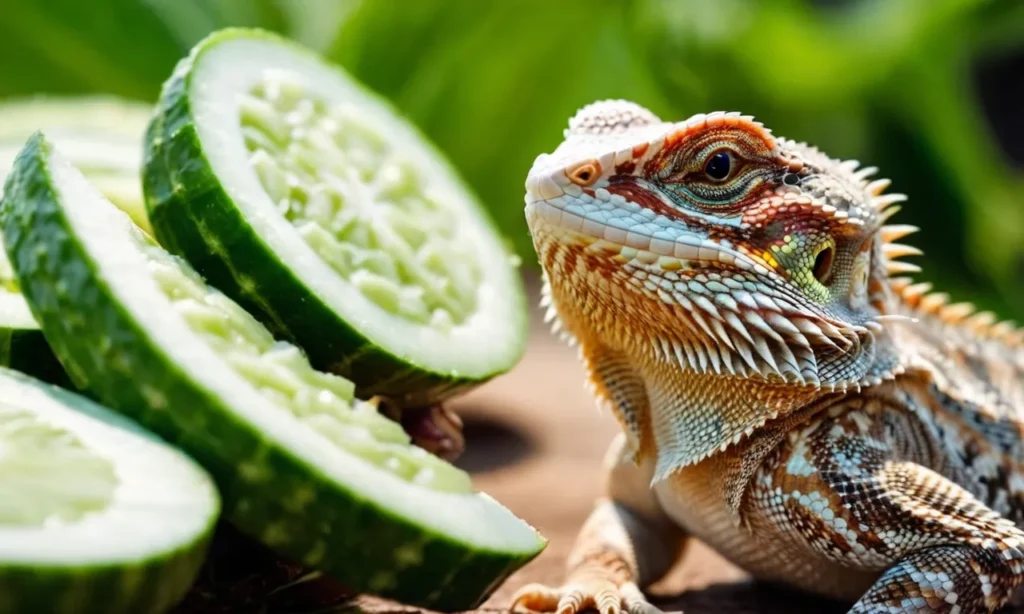The Tiger Striped Lizard, also known as the Desert Agama or Tiger Lizard, is a medium-sized terrestrial lizard native to China. It is commonly found in desert regions and is widely distributed in dry sandy areas such as Ningxia, Qinghai, Inner Mongolia, and Xinjiang in China. Its body length is about 23-25 centimeters, and it weighs around 30 grams. These lizards have a distinctive appearance with a dark, loaf-shaped dorsal crest and brightly colored limbs and heads, ranging from light yellow to dark red.
As a small terrestrial lizard, the Tiger Striped Lizard is robust and easy to care for, with a gentle temperament. It reproduces by giving birth to live young, with a litter typically consisting of 4-8 offspring. Due to the significant number of wild populations in China, most individuals available in the market are wild-caught.
For housing, a larger tank or container can be used and placed in an area with natural light. The bottom of the enclosure should be covered with 5 centimeters of dry river sand, and a water dish should be provided for drinking. A hiding cave is also necessary to give the lizard a sense of security. They prefer high temperatures and dry environments, with the suitable temperature range being 25-35 degrees Celsius, and the basking spot maintained at around 38 degrees Celsius. UVA and UVB 10.0 lights can be used to simulate natural light, and the lizard will retreat into its cave when it gets too hot.
The Tiger Striped Lizard is an omnivore leaning towards herbivory, feeding mainly on fruits, vegetables, and invertebrates such as mealworms, superworms, and crickets. It is also possible to offer some vegetables like lettuce, but the quantity should be controlled. A few mealworms can be fed daily. It is essential to regularly clean up food residues, insect carcasses, and feces to maintain a clean environment.
When keeping Tiger Striped Lizards, it is important to consider legality, ensuring that their origin is legal and adhering to relevant laws and regulations. Additionally, providing a suitable living environment and food is crucial to ensure their health and well-being.



